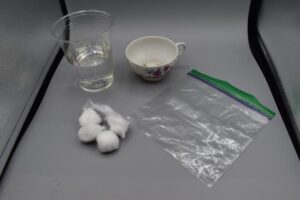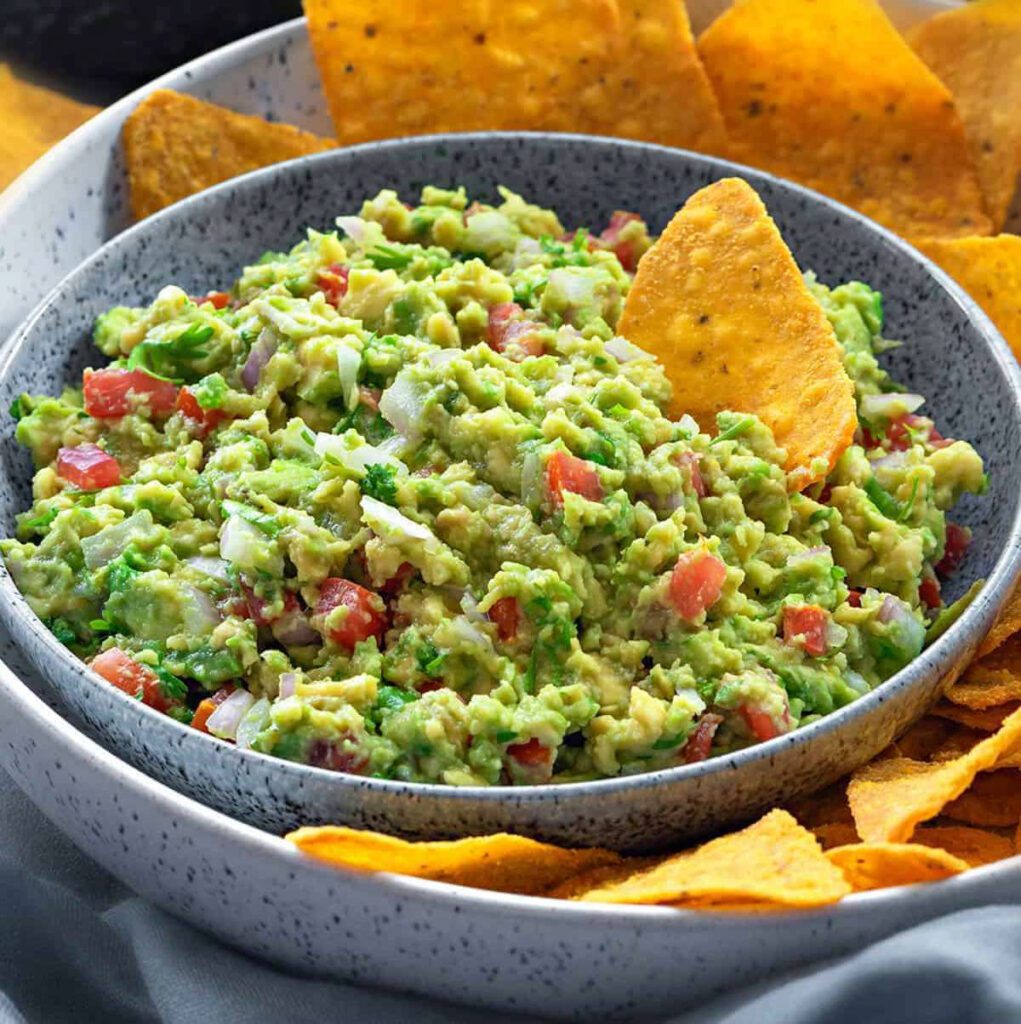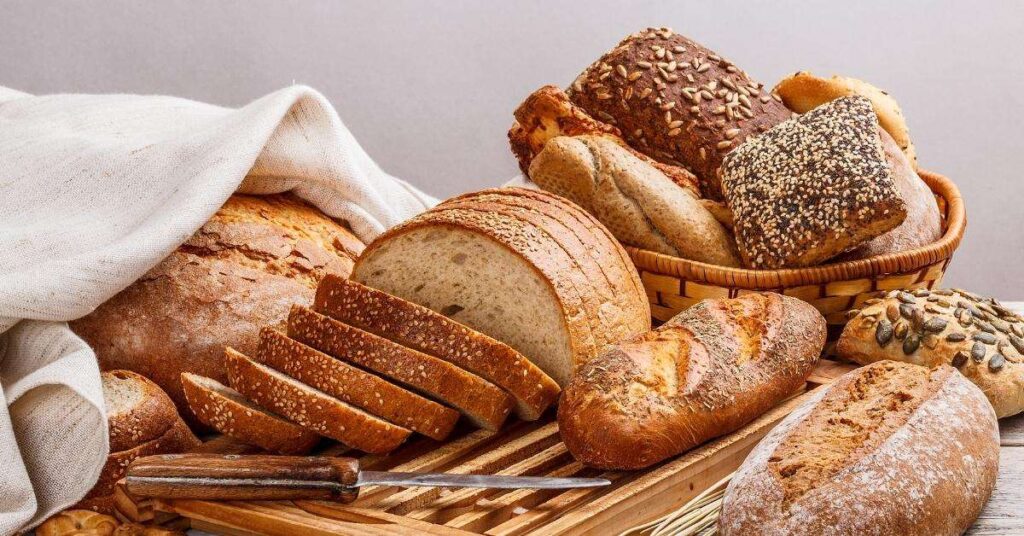Science: Space Gardening!
Ages: 6+
Hello everyone. Welcome to the fun and inventive world of making STEAM projects in your own home. Each month, we will share a fun and interesting project that you can make using materials commonly found in your own home.
This month’s project: Space Gardening
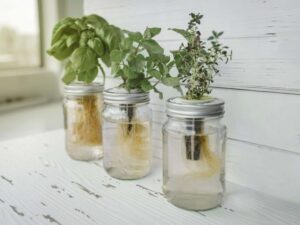
What do plants need to survive? We can use the acronym L.A.W.N.S. to remember that plants need Light, Air, Water, Nutrients and Space. When we think of space for plants, we know that the parts of the plant growing above ground like stems and leaves need space to grow and should not be crowded. But plants also need space for their roots. You might already know that the roots are planted in soil. Soil provides the required nutrients for plant growth and supports the plants to stand tall.
You know there is no soil in the outer space. As NASA plans long-duration missions to the Moon and Mars, a key factor is figuring out how to feed crews during their weeks, months, and even years in space. Food for crews aboard the International Space Station is primarily prepackaged, requires regular resupply deliveries aboard cargo spacecraft, and degrades in quality and nutrition after about 18 months. But what if astronauts could grow some of their own food in space? Researchers on Earth and crews aboard the space station are exploring the idea by testing various crops and equipment to see if the plan could work. For this month’s activity we will make a mini version of this space gardening technique.
Materials Needed:
- Ziplock bag
- Seeds (Leaf lettuces like red sails, basil, arugula, spinach or any sort of pulses or even flower seeds would work). We are using some yellow and green beans.
- Cotton balls
- Water
Steps:
1. Soak your seeds overnight in a cup.
2. Dip the cotton balls in water and without squeezing the water off, put them into the Ziplock bag.

3. Add the presoaked seeds on to the cotton balls (make sure the seed is on the cotton ball) and without removing the air from the bag, seal it tight.

Now we have our mini hydroponics greenhouse!
4. You must leave your bag on a window sill or a well-lit area so the seed gets enough sunlight. Ensure not to leave the bag direct sunlight for too long.

5. Now you have to patiently wait and observe your plant grow.
Space gardening science
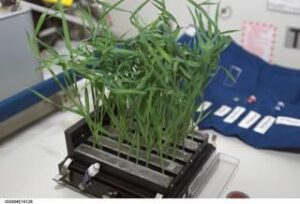
In 1982, NASA launched the first experiment to grow plants in space, and since then, there have been many more projects and benefits. Why is NASA interested in growing plants in space? There are a few reasons.
First, plants can help purify the air in space stations. Second, plants can provide food for astronauts on long-term missions. And finally, growing plants in space can help humans understand how plants adapt to different environments, which is important for sustaining life on Earth.
So far, NASA has grown a variety of plants on the International Space Station (ISS) in space, including tomatoes, kale, wheat, and even flowers, such as zinnias and roses. The goal is to grow gardens on other surfaces, like the Earth’s Moon and Mars, and find sustainable uses for the waste and compost. NASA’s Veggie Project is an effort to grow fresh greens to space. The project began in earnest in 2014 with the hope of one day providing astronauts with a reliable source of fresh food. Check out this link to find out more!
Ways the ISS Helps Study Plant Growth | NASA
Hope you can contribute to your house garden this summer and to space garden in the future. Happy harvesting!

